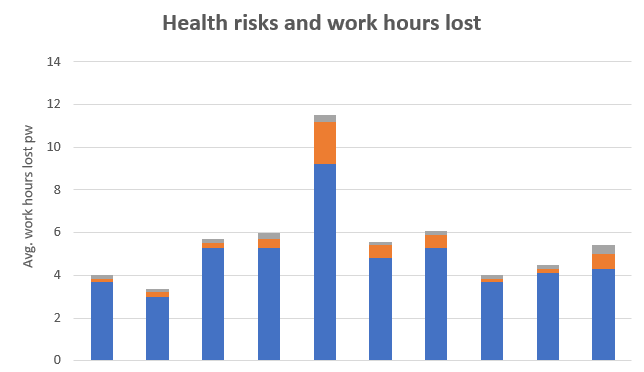Napping at Work…good fatigue strategy or dismissable offence?

Whilst working alongside many shift working organisations, Dr Trent Watson has had an increasing number of enquiries about the position they should take with regards to napping at work.
Napping at work
Evidence indicates that napping can be used as an effective control to reduce the risk of a fatigue-related incident or accident, but it does present other risks (e.g. sleep inertia, sleep disruption, lack of immediate environmental awareness). It would also seem reasonable to allow and provide for napping opportunities for shift workers to sleep and better manage circadian disruption inherent in shift working.
However, there is also a duty of care and reasonable expectation of the worker to take responsibility and be transparent with respect to their experience of fatigue and their fitness for work. Thus, it is incumbent on the workplace to provide a clear, systematic and supportive approach to fatigue, and specifically napping, to ensure a culture of responsibility, transparency, support and shared action prevails.
Due to the identified risks of napping, it should be done in a controlled manner and environment, particularly in high risk work environments. Leaders of a business will need to decide whether to include napping as a formal control in the workplace fatigue procedure. In doing so, it will also need to be decided whether to use a prescriptive or flexible approach, as outlined below.
- Prescriptive approach: Detail where (locations), when (personal breaks, needs basis) and how (supervisor approval) napping will occur in the workplace.
- Flexible approach: Napping allowed as a fatigue control only after supervisor approval to ensure it is monitored and managed.
Ultimately, the final decision will be up to the leaders of an organisation to determine what they believe is “reasonably practicable” to ensure the health and safety of their workers within the context of their work environment, risk appetite, knowledge, attitudes, beliefs and experiences with respect to fatigue management.
For the full article and answers to the following questions;
- The evidence – Is napping an effective control for fatigue risk?
- What are the organisational legal responsibilities?
- What are other workplaces doing?
- What is the worker’s duty of care in a high-risk work environment?
- What are reasonable options for napping in the workplace?







